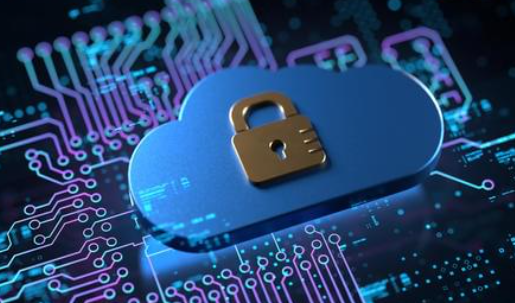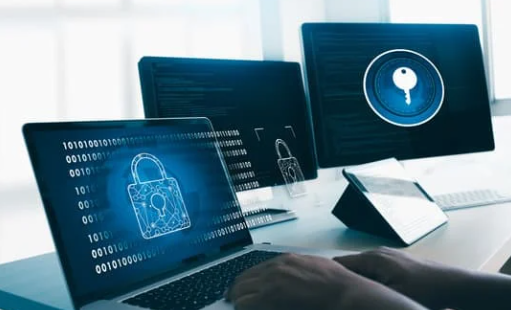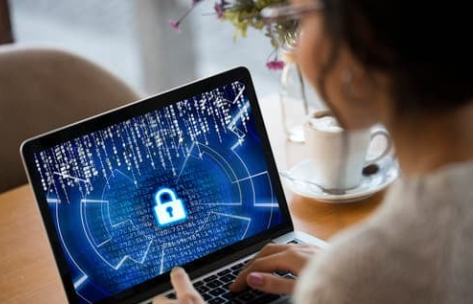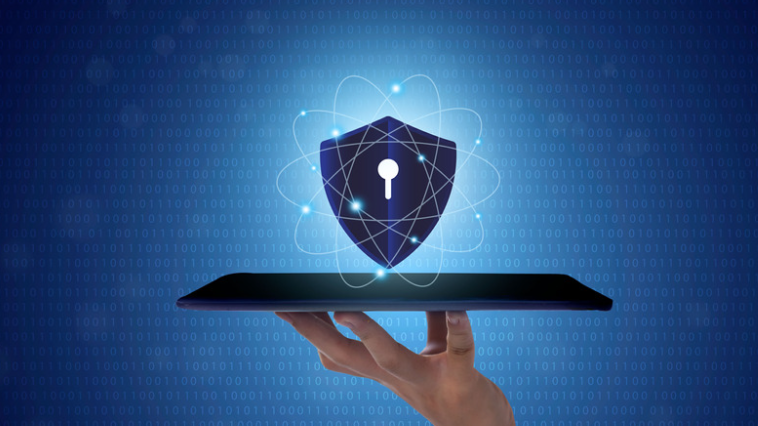Every computer stores vast amounts of personal and professional information that hackers could exploit for malicious reasons such as identity theft.
There are various tools available to you for keeping your data secure, but here are three of the most essential ones:
1. Encryption

Spy movies often show code being scrambled using lemon juice or some other clever method, making for entertaining viewing but providing no real security benefits. While such methods might make for good entertainment, they’re not practical in real-life security scenarios.
Encryption is an essential cybersecurity measure, as it transforms data and information into an unreadable format that can only be read with decryption keys. This prevents hackers, internet service providers, spammers and malicious software from intercepting private information and using it for criminal activities.
Security in-depth measures such as encryption are increasingly becoming required by regulatory compliance standards such as GDPR and HIPAA, especially for organizations supporting remote workers. Encryption can protect against data breaches due to lost or stolen devices – this type of cybersecurity measure is known as “security in depth.”
2. Passwords
A password is a combination of letters, numbers, or symbols used to protect electronic devices and accounts from uninvited access. The more complex your password is, the safer it will be from hackers and cyber threats.
Passwords provide only authorized individuals access to computer systems while accounting for any changes or transactions conducted on data and system resources. That is why maintaining good password hygiene is so critical for cybersecurity.
Users that fail to adhere to best practices when it comes to password creation can make them easy for hackers to crack. According to research conducted by Hive Systems, seven-character passwords that include uppercase letters, special characters and numbers can be cracked within six minutes – however 14, character passwords provide more entropy and make it harder for hackers to guess them.
3. Firewalls

Firewalls provide protection from cyberattacks by filtering internet traffic based on predetermined rules and policies. Firewalls come in hardware and software forms, with different firewalls tailored for different uses.
Firewalls work according to security standards set by an IT business team and prevent unauthorized access from malicious networks, actors, and internal network devices, posing potential risks such as ransomware and phishing emails.
Packet-filtering firewalls use packet header information to filter packets and identify data that doesn’t belong on a network, making this type of firewall ideal for small businesses and home computers. They typically come bundled with operating systems. More sophisticated NGFWs look at packets at an application layer level to detect malicious code hidden among legitimate code.
4. Monitoring
Continuous cybersecurity monitoring enables organizations to respond to system events quickly, identify vulnerabilities and reduce risks quickly. By continuously monitoring network traffic, system logs and user activities for cyber threats more quickly and successfully, monitoring can detect them more quickly and successfully.
An effective monitoring strategy can ensure that only authorized individuals have access to sensitive data and are taking measures necessary for its security. Furthermore, such an approach ensures staff understand the significance of having strong passwords as well as training on recognizing fraudulent emails or suspicious activity.
New York State has taken steps to create its inaugural statewide cybersecurity strategy in an attempt to safeguard digital infrastructure against threats in a modernized environment. It outlines goals and objectives, establishes roles and responsibilities and identifies opportunities for public-private collaboration.
5. Training

Cybersecurity Calgary refers to the practice of protecting business systems and data against intrusion by external attackers or internal sources. This involves evaluating, identifying and mitigating threats that pose threats against the enterprise both externally and internally.
Training employees on best practices, company policies, and incident reporting is essential to any effective cybersecurity strategy. Providing education on such matters as best practices, employee responsibilities, and incident reporting procedures can reduce negligent actions that lead to costly breaches.
Recently, ACSC modified E8 to incorporate maturity levels (MLs). MLs allow businesses to determine which security level best fits their size, budget and staff capabilities. For instance, SMBs should strive towards ML 2 while larger enterprises and government agencies should target ML 3. This latter level provides high protection from cyberattacks.










